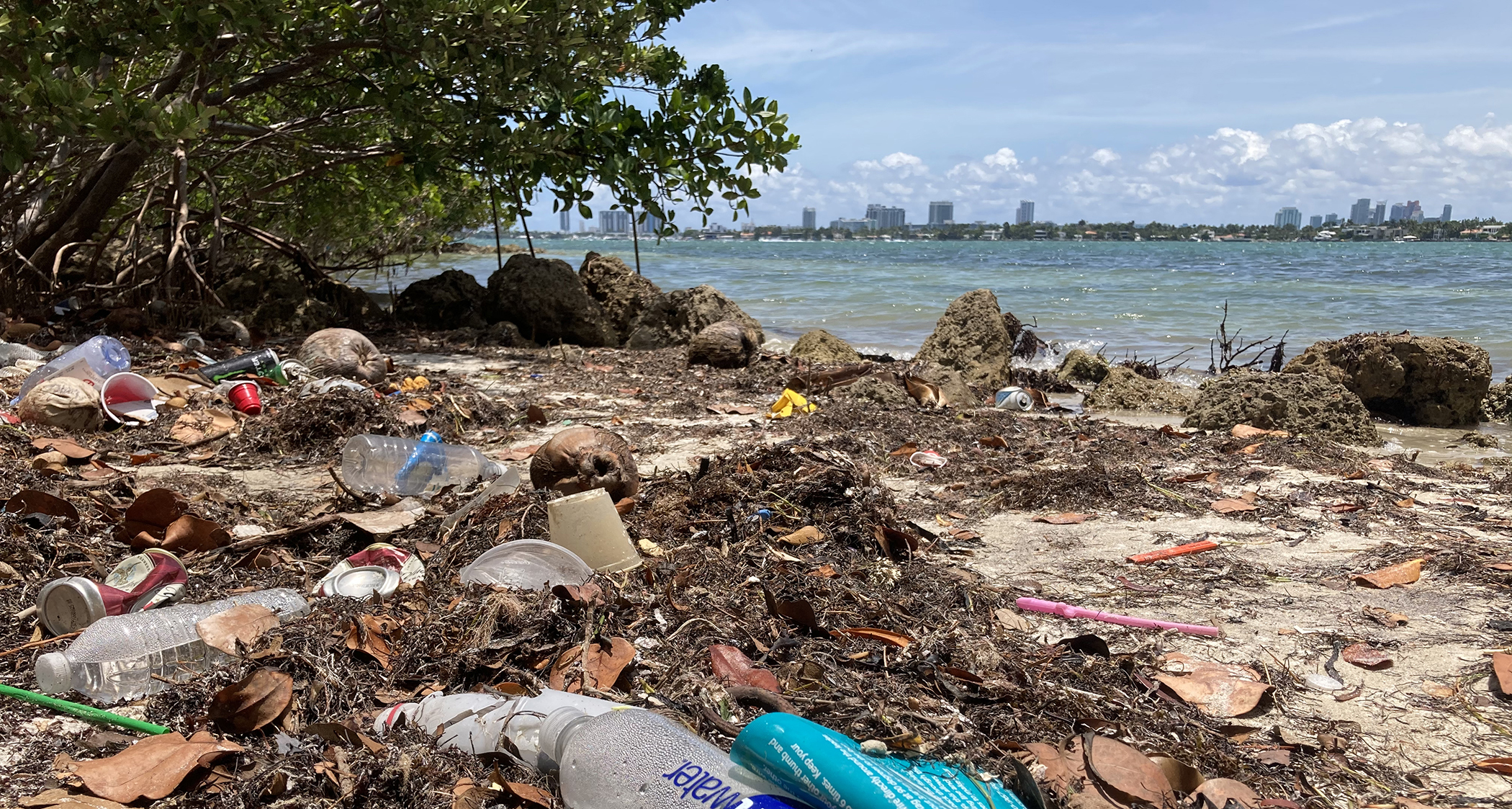Miami’s been on the hunt for out-of-state workers and affluent newcomers, such as prominent figures like hedge fund mogul Ken Griffin. However, to continue to attract incoming residents, the county’s Mayor, Daniella Levine Cava, has to confront one pressing environmental challenge the city’s dealing with — overflowing septic tanks and garbage heaps.
Cava says that some of greater Miami’s vast landfills, including the playfully nicknamed Mount Trashmore, are projected to reach their capacity by 2026, while the septic systems, which cater to more than 2.7 million Miami residents, are known to overflow and release fecal bacteria and other pollutants into the area during rainy periods. If left untreated, these issues could turn the picturesque tropical paradise into a network of hazardous swamps, endangering public health and harming the greater ecosystem.
“It’s an incredibly critical situation,” said Cava, who made history as the first woman elected to lead Miami-Dade County in 2020. “We need to tackle all of these challenges with a sense of urgency.”
Miami’s current state presents a worrisome outlook as a destination for people seeking refuge from deteriorating cities with failing infrastructure, higher taxes, and escalating crime rates.
However, compared to other major American cities, Miami heavily relies on septic tanks, which are commonly found in rural areas. The same goes for affluent neighborhoods like Coral Gables and Homestead, about 50 miles southwest near the Everglades.
Howard Nelson, the environmental practice leader at Bilzin Sumberg, notes how astonishing it is that not everyone is connected to a centralized water and sewage network.
On top of that, much like other U.S. cities, Miami predominantly disposes of its waste in landfills located in distant corners of the city, away from more affluent areas. These landfills are unsightly mounds, reaching heights of 120 feet or more, teeming with trucks, bulldozers, birds, and flies.
County regulations stipulate that building permits cannot be issued unless there is a minimum of five years’ worth of garbage disposal capacity available. Michael Fernandez, Cava’s former solid waste director, resigned in July, sounding the alarm that the county would soon run out of space for waste unless swift action is taken. He warned that a moratorium on all development might be necessary without immediate intervention.
While Cava disputes his assessment, she acknowledges the gravity of the situation.
Cava is a Democrat who won the election with a commitment to fortify the city against climate change. One of her current proposals involves increasing the height of the trash piles on the landfills and constructing a $1 billion power plant and an incinerator to replace a previous incinerator that burned down over four weeks in February and March.
However, the real challenge lies in maintaining functional and efficient sewage systems. Miami-Dade County has approximately 109,000 homes and businesses equipped with septic tanks, many of which lie close to drinking water aquifers and possess potential contamination issues.






























